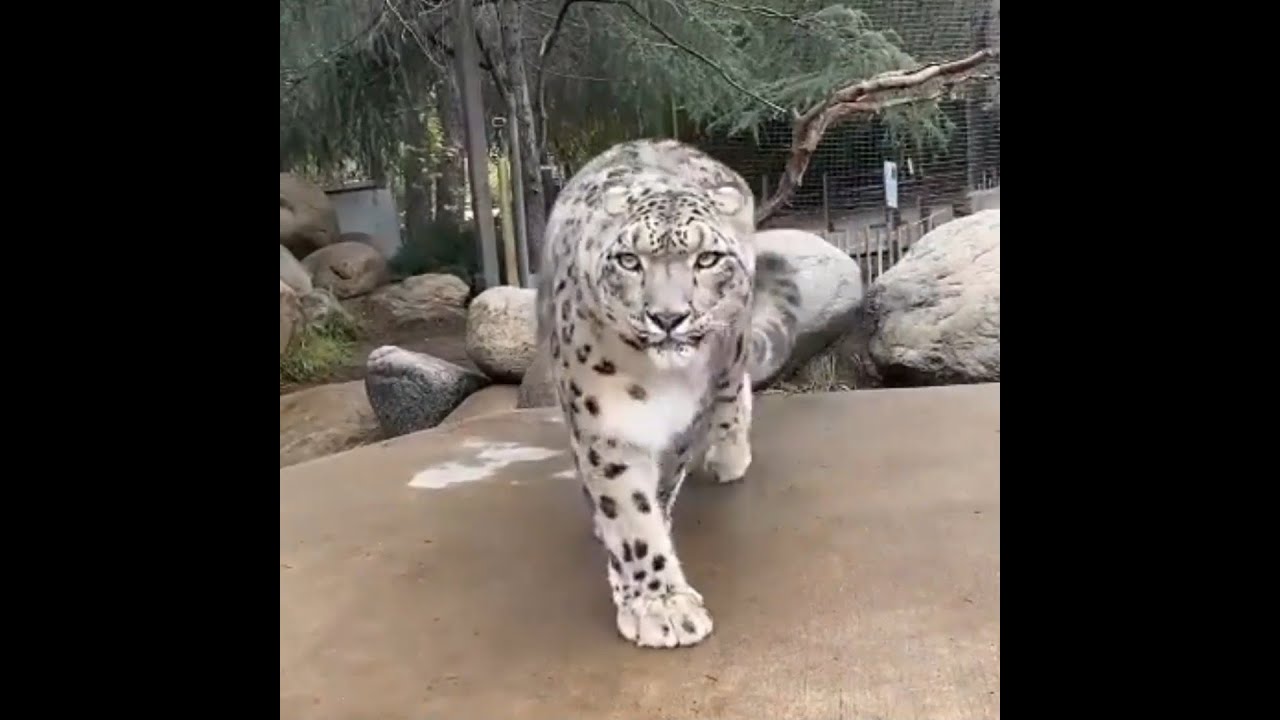– Insights into the behavior and ecology of snow leopards
– The role of zoos in conservation and education
– Challenges in snow leopard conservation
– The zookeeper’s role in the care and well-being of captive snow leopards
– Advanced technologies and practices in zoo management
Snow leopards like Georgina, living in zoos, offer a unique window into the lives of one of the planet’s most secretive big cats. These elusive creatures, native to Central Asia’s cold, rugged mountains, play a crucial role in their ecosystems as apex predators. Understanding their behavior and ecological needs is vital for their conservation and informs the care they receive in zoological settings.
Zoos have evolved from mere places of entertainment to conservation and education centers. This transformation aligns with a broader commitment to protect species and their natural habitats. The inclusion of snow leopards in zoo collections serves several purposes. It helps raise awareness about their threatened status, provides opportunities for scientific research critical for effective conservation strategies in the wild, and offers a tangible connection for visitors, fostering empathy and support for conservation efforts.
The challenges in snow leopard conservation include habitat loss, poaching, and conflicts with local communities. In response, zoos participate in and support international conservation projects and breeding programs designed to ensure a genetically diverse and healthy snow leopard population that could bolster wild numbers. This cooperative approach exemplifies the modern zoo’s role in conservation, transcending geographical boundaries to protect global biodiversity.
Zookeepers, like those caring for Georgina, the snow leopard, play a pivotal role in the well-being of zoo animals. Their responsibilities extend beyond feeding and cleaning; they provide enrichment activities to stimulate the animals physically and mentally, monitor their health, and even conduct training to facilitate medical care. This close interaction allows keepers to develop a deep understanding of each individual’s personality and needs, optimizing the care provided. In Georgina’s case, this might include simulating hunting activities that encourage her natural behaviors or offering perches and high vantage points that reflect her species’ preference for mountainous terrains.
Technological advancements and best practices in zoo management continually enhance the care and conservation of species like the snow leopard. From sophisticated tracking and monitoring systems to innovative enclosure designs that mimic natural habitats, these developments support the health and well-being of zoo animals. Moreover, through webcams and video documentaries, such as those featuring Georgina, the snow leopard, broader audiences are engaged in the daily lives and conservation stories of these magnificent creatures, further broadening the impact zoos can have on conservation awareness and action.
The intimate glimpse into the life of Georgina, the snow leopard, serves as an educational tool, demonstrating the intricate balance of ecosystem dynamics, the challenges faced by snow leopards in the wild, and the substantial efforts made by zoos to ensure their survival. As ambassadors for their species, snow leopards in zoos bridge the gap between humans and the remote, often inaccessible wild places these cats inhabit, highlighting the interconnectedness of all beings and the critical importance of conservation in preserving our planet’s remarkable biodiversity for future generations.
*****
Source Description
POV: You are a zoo keeper checking in on Georgina, the snow leopard. Hi, Georgina!
#Caturday #SnowLeopard #BigCat
📹: Animal Keeper Monica


